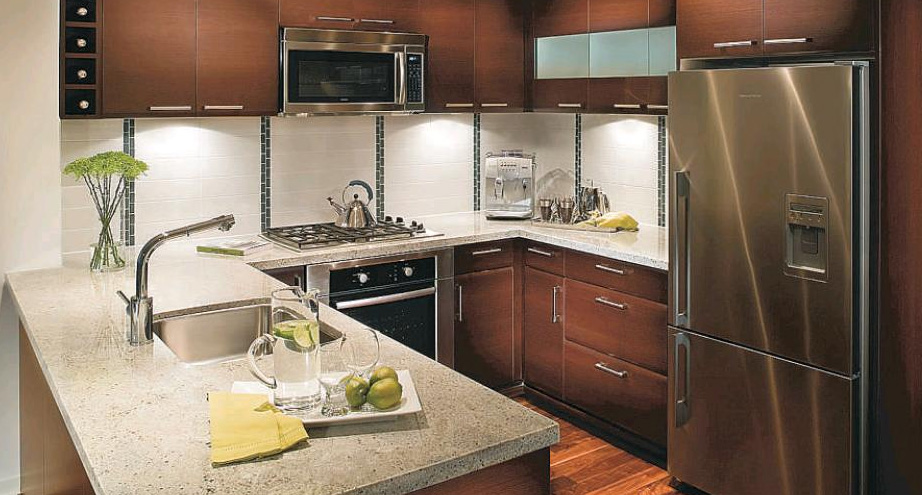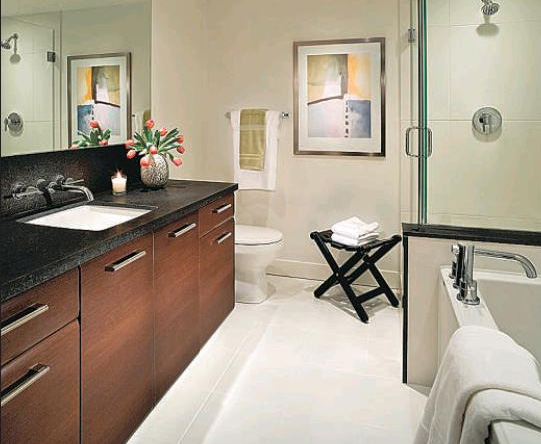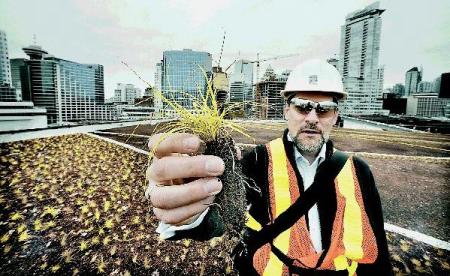Slowing metro market still holding its own
PETER SIMPSON
Sun
When exposed to monthly statistics on housing starts, multiple listing service sales, the seasonally adjusted annual rate and the value of building permits, I am sure most people don’t quite know what to make of it all.
Housing analysts recently revealed housing starts are up, and sales are down. See what I mean?
So, stay with me for the next few paragraphs and I will attempt to provide some clarity.
A housing start is when construction of a dwelling unit commences.
On a detached home or townhome, it’s considered a start as soon as the foundation is complete.
On lowrise or highrise condo buildings, the underground parkade must be complete and work started on the first residential floor.
A multiple listing service — or MLS — sale is registered when a firm and binding deal has been achieved.
The value of building permits refers to the total dollar value of permits issued for new residential construction. Expenditures included in this data are materials, labour and overhead. Land is excluded.
Seasonally adjusted annual rate — SAAR — is an adjustment that removes seasonal variations in sales data. According to someone way smarter than I, the SAAR is calculated by dividing the unadjusted annual rate for the month by its seasonality factor, thus creating an adjusted annual rate for the month.
Now that you’re caught up, here are some thoughts on the Lower Mainland’s housing market.
Canada Mortgage & Housing Corp. released its monthly housing starts numbers last week. Lower Mainland starts were up nine per cent in April, from April of 2007, and January-to-April figures were up 16 per cent compared to the same four-month period last year.
Not surprisingly, multi-family housing forms (condos, townhomes) accounted for 83 per cent of all housing starts, solidifying what will likely prove to be a long-lasting imbalance in market share.
CMHC Senior Market Analyst Robyn Adamache said “the foundation of this [homebuyer] demand rests in the region’s buoyant economy, which is generating jobs and drawing people to the area.”
Residential construction alone is creating many jobs. The 6,691 housing starts to the end of April generated 18,735 person-years of employment (full-time jobs for one year).
Responding to the siren call of provincial prosperity — housing affordability issues notwithstanding — singles and families are moving here from abroad and from other provinces. Demographers say the Vancouver area will need to accommodate another million people over the next 20 years.
This four-month strength in housing starts is noteworthy because 2007 was the best year for starts since 1993. Of course, today’s starts are a result of yesterday’s sales. Slower sales during the remaining eight months of the year could weaken activity, bringing starts more in line with earlier predictions. And builders might assume cautious wait-and see positions, delaying new projects.
There is no doubt the resale market has slowed somewhat. Lately, I have noticed an abundance of “For Sale” signs around my neighourhood, and “Sold” stickers are few and far between.
Delaying the purchase of a new home might cost you some cash. Economists and housing analysts believe cost pressures will continue to push prices higher, although they are expected to climb no higher than mid-single digit territory this year. Two years ago, the increase was a lofty 21 per cent.
Construction is scheduled to commence this year on many sold-out condominium projects. Ninety per cent of a recent condo offering in Surrey sold in just four hours. Just goes to show how popular well-priced, wellplaced condos are with first-time buyers eager to step onto the property ladder.
Also, downsizing empty nesters seeking less-complicated, lock-it-and-leave-it lifestyles are considering condos for their next move.
Looking ahead to December 31, cloudy crystal ball firmly in hand, should starts remain stable for the balance of the year, or even slip to levels below last year, builders will have averaged more than 19,000 homes annually since 2004.
And to think that just eight years ago, at the dawn of a new millennium, only 8,203 housing starts were achieved. Those fortunate enough to own a home since those dismal days have enjoyed quite a ride on the equity train. And it’s still chugging along, albeit at a slower pace.
In a column last month, I wrote that, according to CMHC, less than one per cent of Vancouver area new-home buyers qualified for the full GST rebate in 2007. Oops, my gaffe: it should have read Vancouver-area buyers of new single-family detached homes.
Condos, of course, are typically less costly than detached homes, and a greater percentage of condo buyers would qualify for a GST rebate. Still, the finance minister should seriously consider adjusting the rebate thresholds to bring them more in line with this region’s high housing prices.
A buyer of a new $450,000 detached home or condo has to pony up $22,500 in GST.
To use popular eco-buzzwords, taking that much green from a family is not my idea of sustainability.












